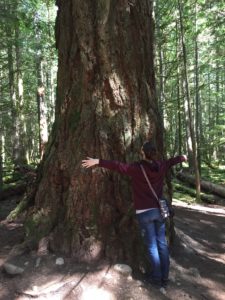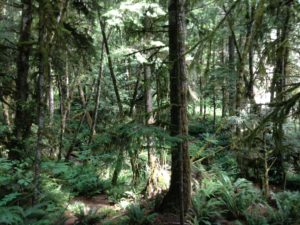Activity 1 – Introduction Post
Students can enter my TRU classes at any point in the year, so unfortunately this makes it difficult to engage them as a community. However, I’m thinking that creating a forum for introduction posts — where I’ve posted one as well — would be a good way for me to attempt some community for the small number of students in these classes. Here’s a possibility:
Welcome to the course! The Moodle class discussion forum is one of the community spaces we will be building in this class. If you have not yet done so, please upload a profile picture for your Moodle account and indicate your pronouns.
Then, for your first ever post:
1. Introduce yourself and, if you like, post another photo of yourself
2. Say why you signed up for this class and/or what social justice means to you
3. Tell us something about the land where you currently live or post a photo
4. Tell us something that has recently made you laugh
OR … do none of the above and instead write your own creative post to introduce yourself!

